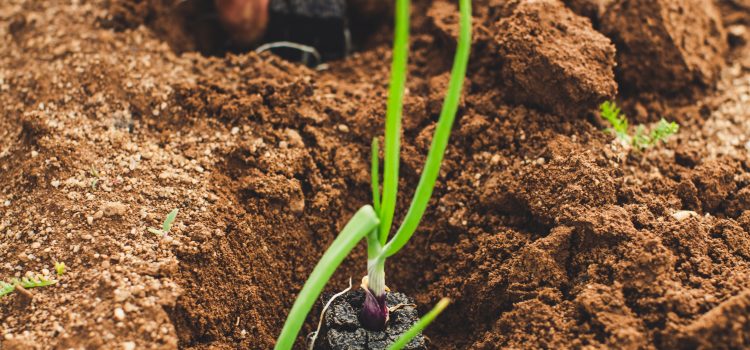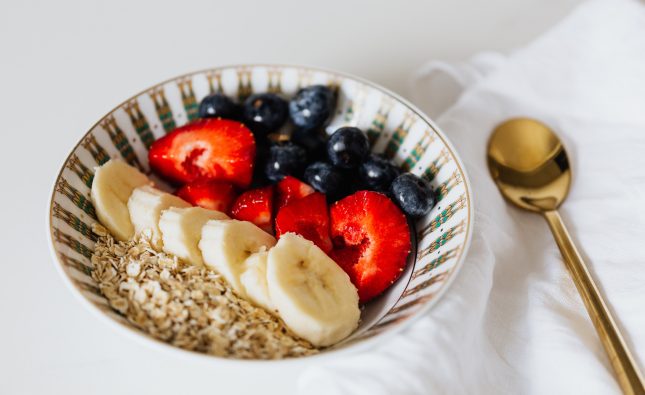
Growing herbs indoors can be a rewarding and enjoyable experience, but it can also be challenging. Maintaining an indoor herb garden requires attention to detail and a bit of know-how. In this article, we’ll discuss some common problems that can arise when growing herbs indoors and provide tips for keeping your plants healthy.
Choosing the Right Location
One of the most important factors in maintaining a healthy indoor herb garden is choosing the right location. Herbs need plenty of sunlight to thrive, so it’s important to choose a location that receives at least six hours of direct sunlight per day. If your herbs aren’t getting enough sunlight, they may become leggy and weak.
If you don’t have a sunny window, you can use artificial lighting to supplement natural light. LED grow lights are a popular choice for indoor herb gardens because they provide the right spectrum of light for plant growth and are energy-efficient.
Watering and Drainage
Overwatering is a common problem when growing herbs indoors. Herbs don’t like to sit in water, so it’s important to ensure that your pots have good drainage. If your herbs are sitting in water, they may develop root rot, which can be fatal.
To prevent overwatering, allow the soil to dry out slightly between waterings. Stick your finger into the soil up to the second knuckle – if the soil feels dry, it’s time to water. When you do water, water thoroughly until water runs out of the drainage holes in the bottom of the pot.
Pests and Diseases
Indoor herb gardens can be susceptible to pests and diseases, just like outdoor gardens. Common pests include spider mites, aphids, and whiteflies. If you notice pests on your herbs, it’s important to act quickly to prevent them from spreading.
One way to prevent pests is to keep your herbs healthy. Healthy plants are less susceptible to pests and diseases. You can also use natural pest control methods, such as neem oil or insecticidal soap.
Harvesting and Pruning
Harvesting and pruning your herbs is important for maintaining their health and promoting growth. When harvesting, be sure to only take a few leaves from each plant at a time. This will allow the plant to continue growing and producing new leaves.
Pruning is also important for maintaining the shape and size of your herbs. If your herbs become too leggy or bushy, you can prune them back to promote new growth.
In conclusion, maintaining an indoor herb garden requires attention to detail and a bit of know-how. By choosing the right location, watering and draining properly, preventing pests and diseases, and harvesting and pruning regularly, you can keep your herbs healthy and thriving. With a little care and attention, you can enjoy fresh herbs year-round.










